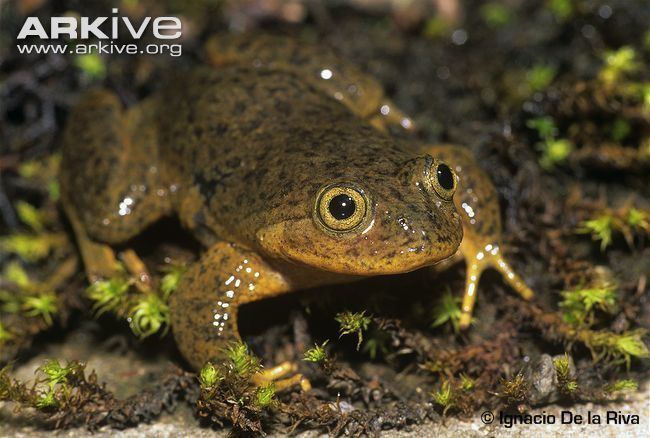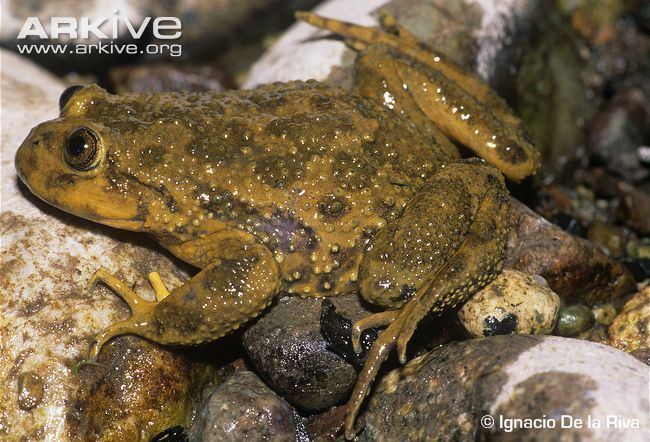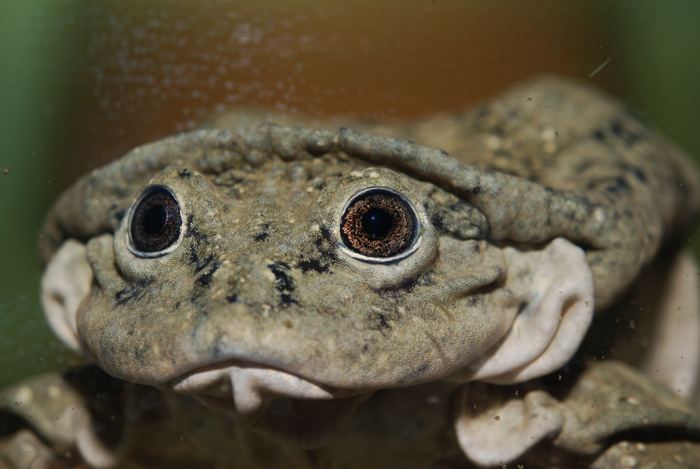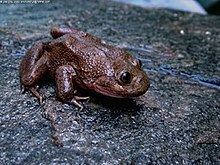Higher classification Telmatobiinae Rank Genus | Scientific name Telmatobius Phylum Chordata Order Frog | |
 | ||
Family TelmatobiidaeFitzinger, 1843 Lower classifications Telmatobius culeus, Telmatobius atahualpai, Telmatobius atacamensis, Telmatobius marmoratus, Telmatobius jelskii | ||
What s killing the titicaca water frog telmatobius culeus
Telmatobius is a genus of frogs native to the Andean highlands in South America, where they are found in Ecuador, Peru, Bolivia, northwestern Argentina and northern Chile. It is the only genus in the family Telmatobiidae. Some sources recognize Batrachophrynus as a valid genus distinct from Telmatobius.
Contents
- What s killing the titicaca water frog telmatobius culeus
- Suction feeding telmatobius an aquatic odyssey
- Ecology and conservation
- Species
- References

Suction feeding telmatobius an aquatic odyssey
Ecology and conservation

All Telmatobius species are closely associated with water and most species are semi-aquatic, while a few are entirely aquatic. They are found in and near lakes, rivers and wetlands in the Andean highlands at altitudes between 1,000 and 5,200 m (3,300–17,100 ft). The genus includes two of the world's largest fully aquatic frogs, the Lake Junin frog (T. macrostomus) and Titicaca water frog (T. culeus), but the remaining are considerably smaller. Telmatobius contains more than 60 species; the vast majority seriously threatened, especially from habitat loss, pollution, diseases (chytridiomycosis and nematode infections), introduced trout, and capture for human consumption. The three Ecuadorian species have not been seen for years and may already be extinct: T. cirrhacelis last seen in 1981, T. niger in 1994 and T. vellardi in 1987.
Species

There are currently 64 recognized Telmatobius species, but the validity of some species is questionable and it is likely that undescribed species remain.



